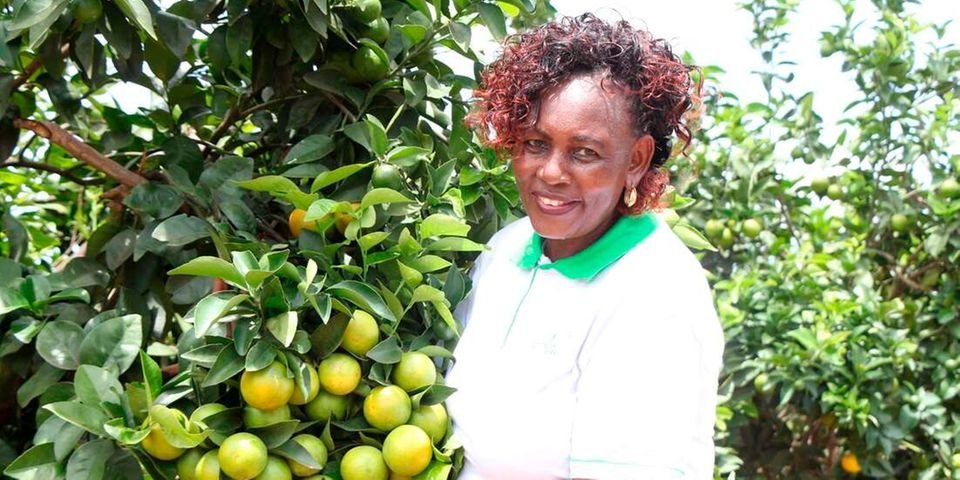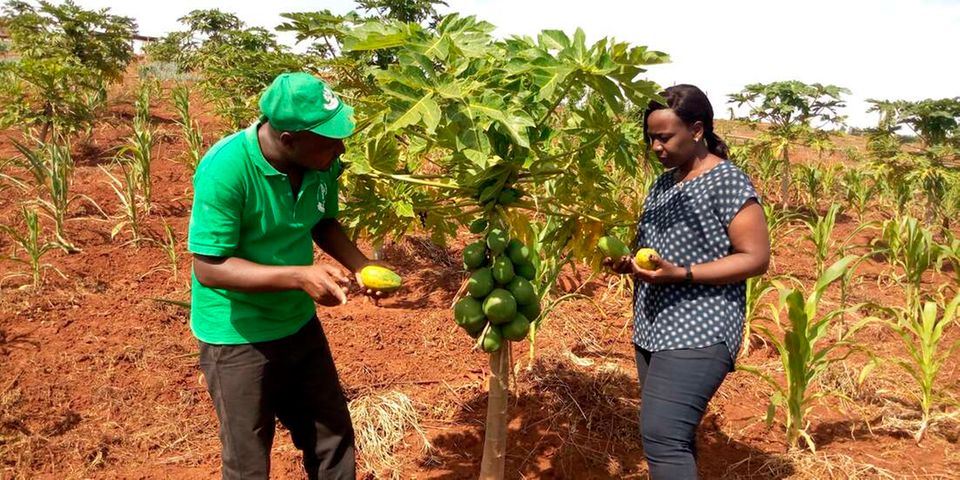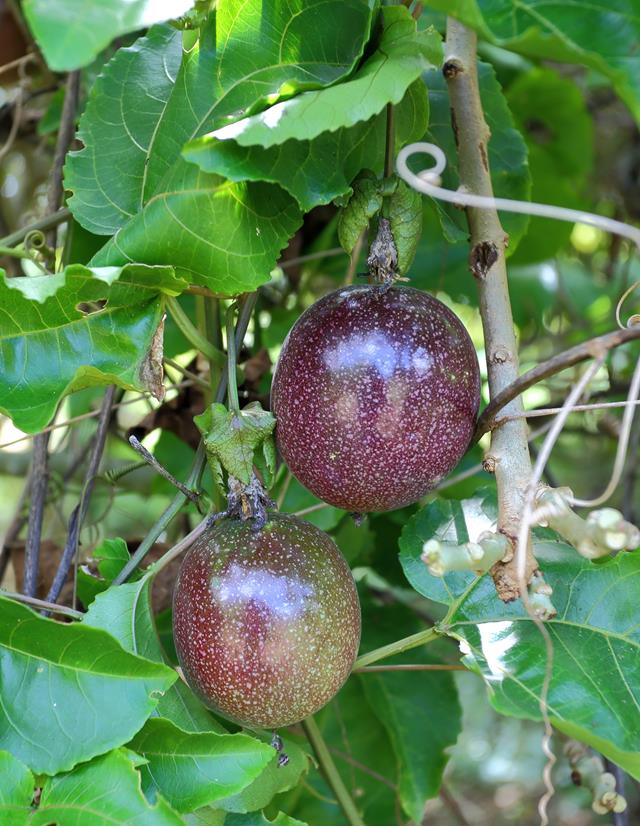Located some 10km off Machakos-Wote Road is Nziu, a dry village surrounded by hills. The village experiences moderate temperatures that make mangoes, oranges, pixies, pawpaws and tomatoes thrive.
Agnes Mbithe is one of farmers in the area reaping from the favourable climatic conditions.
The team finds her in the company of her workers pruning her pixie trees on her eight acres that also hosts tangerines, oranges and lime. Pixies occupy five acres.
“Pixies are seedless, yellow to orange in colour, highly nutritious and slightly shorter compared to oranges while tangerines form canopies when they mature unlike the oranges that spread,” explains Mbithe.

The farmer graduated from Embu Institute of Agriculture in 1989 and worked for 30 years for the Kenya Agricultural and Livestock Research Organisation.
During the time, she served as a soil researcher in the disease control unit and finally as senior inspector for imports at the Jomo Kenyatta International Airport.
Focused on fruit farming
She retired in 2016 and focused on fruit farming.
“I settled on pixies after my research showed that they have a higher market price as compared to mangoes, tangerines and oranges. During off season, the highest I would fetch from a kilo of oranges was Sh50 and Sh15 for mangoes but for pixies, they go for over Sh100.”
Mbithe began with six pixie plants, and kept on adding the numbers. In 2017, seeing her farm was smaller, she purchased three acres increasing her production.
Mbithe owns 1,200 pixie trees that are at various stages of development. A tree gives between 50-150 kilos of fruits if well-taken care of from the period of flower formation to fruit ripening.
She adds that a kilo goes for between Sh100 and Sh150 during off season and Sh70-80 when the season is at the peak.
Buyers
Most of her buyers are from the neighbourhood towns of Wote and Kitui and brokers who ferry the produce to as far as Kajiado and Nairobi.
To take care of the pixies, she scouts regularly for diseases with the help of her workers.
The trees are also pruned, weeded, manured and sprayed after every two to three weeks.
During fruiting, Mbithe says she uses rabbit urine as foliar fertiliser and applies cow manure.
She has dug a trench around each tree trunk where she spreads dried maize stalks that she says release potassium to the plants making the fruits sweeter. For calcium, she applies agricultural lime during the dry season before the fruit hardens.
“Agricultural lime also reduces chances of the fruits bursting when it rains immediately after a dry season,” she explains, adding the fruits flower between November and January.
Off season
She harvests most of the fruits, over 10 tonnes, from July to September during the off season for more cash.
According to her, the more you keep the trees healthy by controlling pests and diseases, the more they flourish.
By year-10, each tree can produce up to 80 kilos per season.
One of the diseases that affect her fruits is citrus canker that is characterised by the dryness of fruits, which begin to drop while the leaves bear black spots.
Thrips and mites also infest the plants during fruit formation stage making them rough. Other enemies are aphids and white flies, which feed on the tip of fruits. She curbs fruit flies using pheromone traps.
No technical officers
Mbithe says another major challenge is that there are no technical officers at the grassroots to advice farmers on good agricultural practices.
Simon Wagura, an expert in agribusiness and lead consultant at the Country Farm, says pixies have good returns on investment, compared to other fruits such as oranges, tangerines and lemon.
This is because they produce more fruits, which are concentrated on a single branch.
“When it comes to nutrition, pixies have a lot of vitamin C and natural sugars which are unprocessed,” he says.
He advises farmers seeking to get into pixie farming to get certified planting materials.
“The farmer should also ensure they add nutrients to the soil such as lime or organic fertiliser that helps in regulating the pH and availability of nutrients.”




